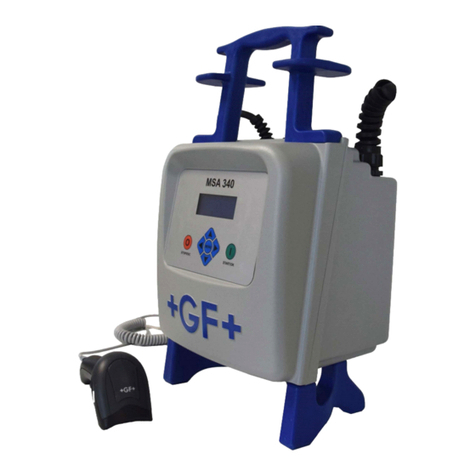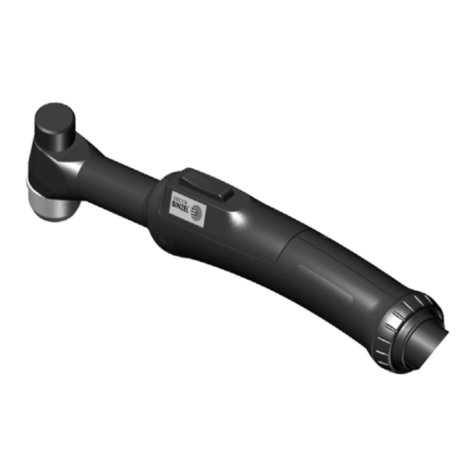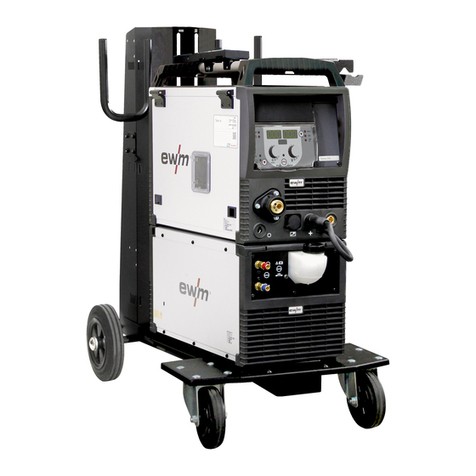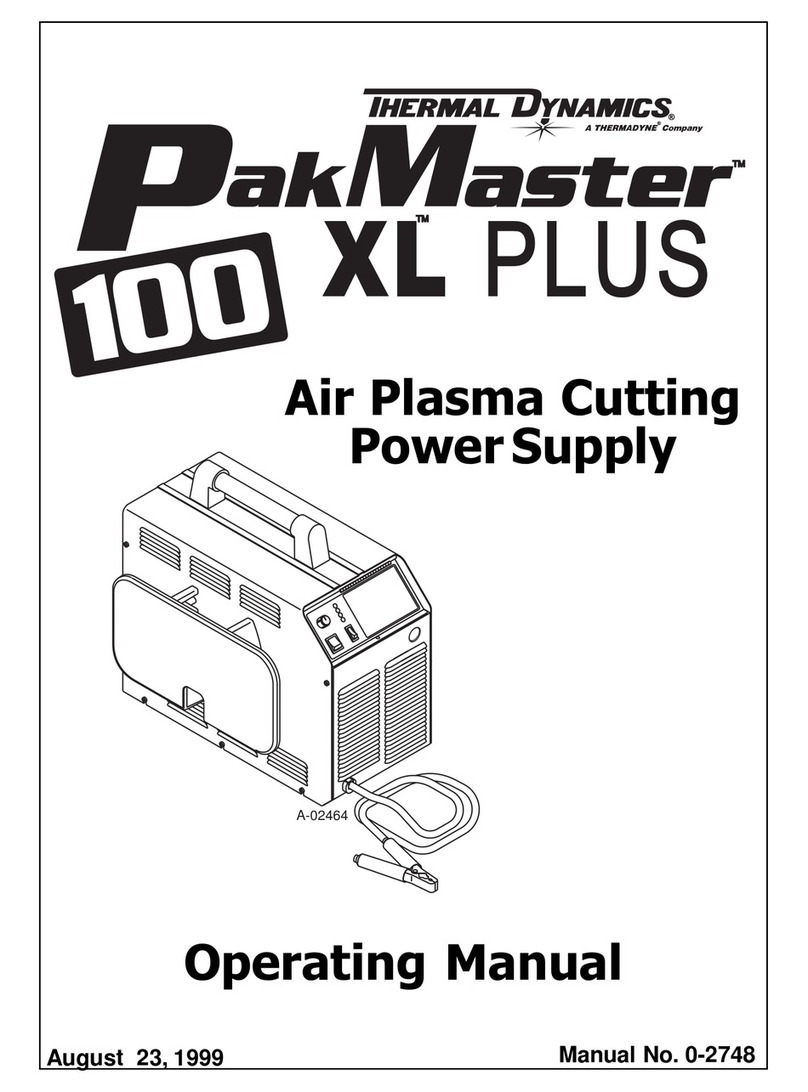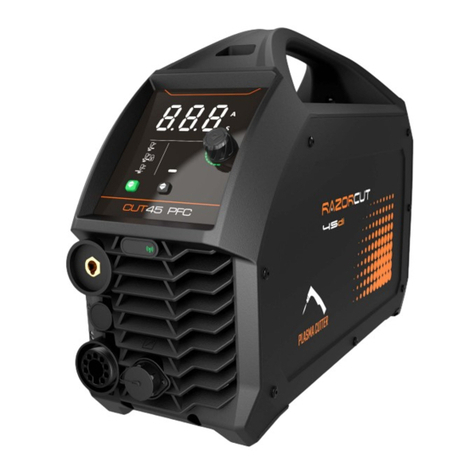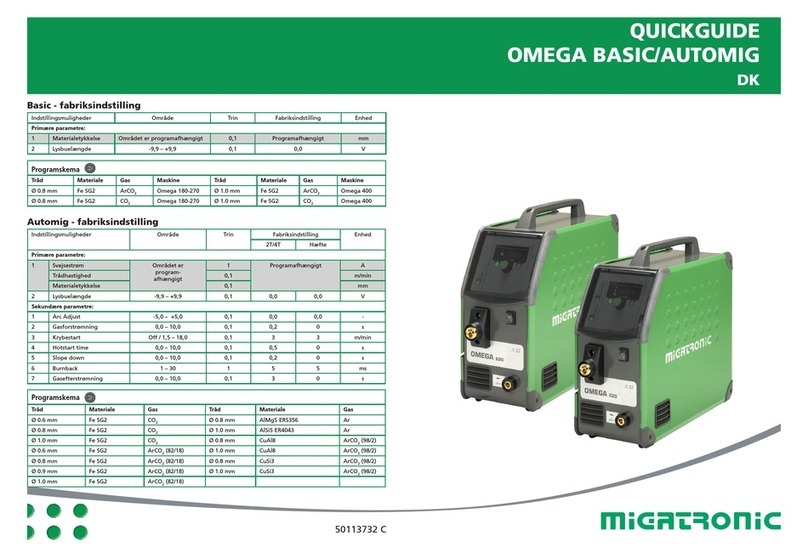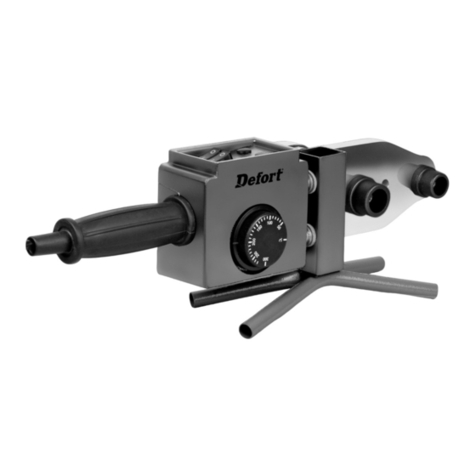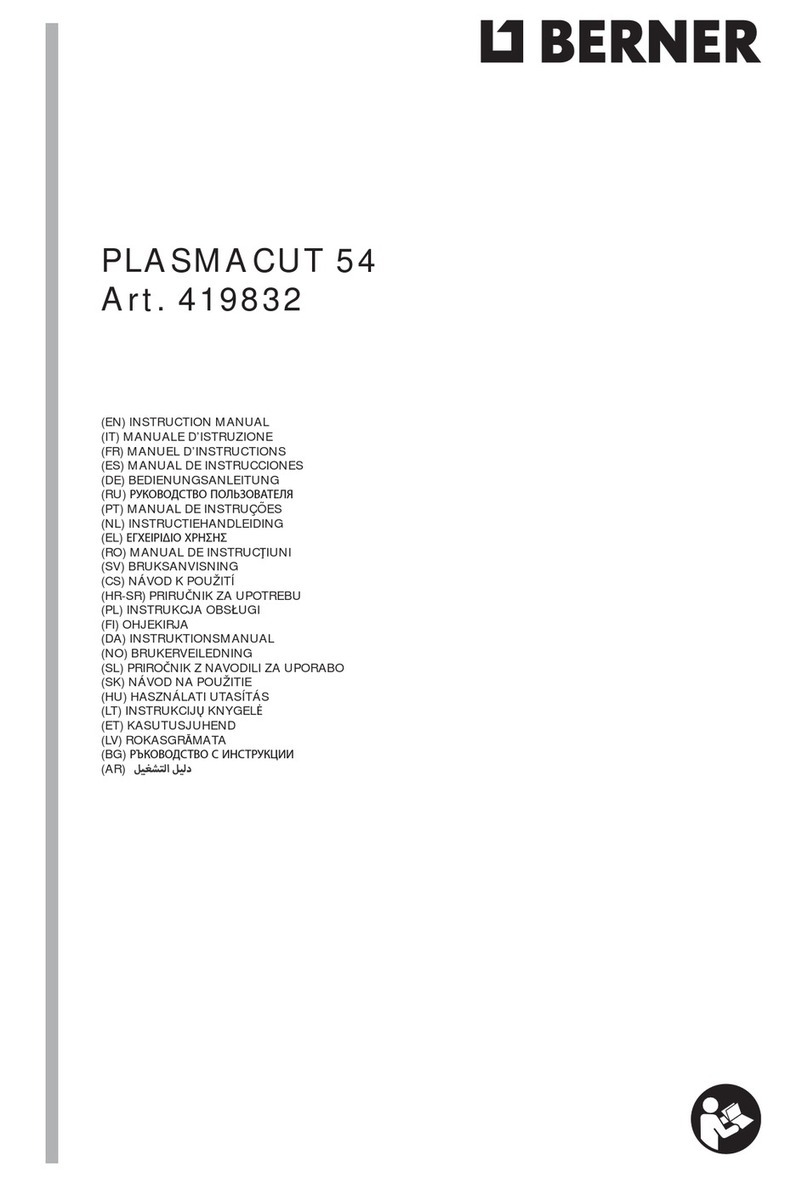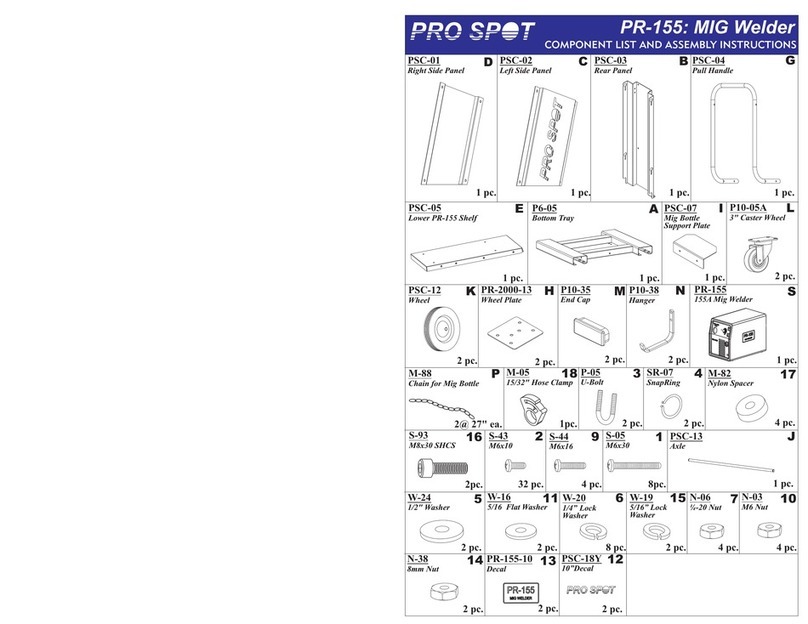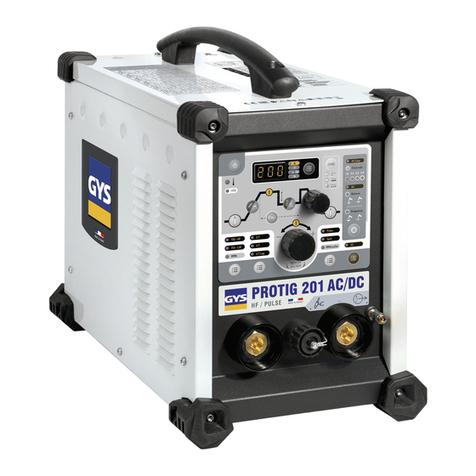4
General conditions for installation
1. Read this manual before operating or connecting the equipment.
2. Keep these operating instructions in a safe place.
3. Pay attention to all the warnings.
4. Follow all instructions.
5. Do not use this equipment near water.
6. Clean the outside with a dry cloth only.
7. Only use attachments/accessories specied by the manufacturer.
8. Do not step on or pinch the network cable of the power supply
unit; pay special attention to plugs, power connections, and the
spots where they leave the equipment.
9. Refer all servicing to qualied service personnel. Servicing is
required when the apparatus has been damaged in any way, such
as power-supply cord or plug is damaged, liquid has been spilled
or objects have fallen into the apparatus, the apparatus has been
exposed to rain or moisture, does not operate normally, or has
been dropped.
Warning
Equipment shall not be exposed to dripping or splashing and no
objects lled with liquids, such as glasses, shall be placed on the
equipment.
Ambient temperature should not be higher than 50 °C.
Do not place the equipment near heat sources or in a highly humid
environment.
Do not place the equipment in a place where it can suer vibrations
or shocks.
Please allow air circulation around the equipment.
Do not place naked ames, such as lighted candles on or near the
product.
How to charge the equipment safely
Power requirements for the power supply unit should be: 100-
240V~ 50/60Hz.
To disconnect the power supply from the mains pull the plug never
the cable.
It is strongly recommended not to connect the power supply unit to
the mains until all connections have been done.
Reduce the risk of re or electric shock, do not expose this power
supply unit to rain or moisture.
Fusion splicer precautions
1 The charging voltage of this fusion splicer is limited.
Always use the power supply unit provided with the equipment
to charge the internal battery.
2Should the fusion splicer show any of the following anomalies
at some point:
- Weird smoke, smell or noise.
- Extreme heat.
- Weird liquid or matter inside the equipment.
- Breakdown or damage caused by falling o crashing.
You must switch o the equipment and immediately remove
the battery. Then, contact the Technical Support department of
Televés to proceed with its inspection or repair.
3Internal manipulation of the fusion splicer involves losing the
product warranty (do not take the equipment apart).
44 Any errors in the equipment's external maintenance could
damage the fusion splicer or result in injury to the operator (ca-
refully follow the maintenance instructions).
5Never use the fusion splicer in the presence of ammable gases
or liquids. Otherwise, it may lead to res, explosions or other
serious consequences.
6 This fusion splicer is only used for optical bre fusion, and
should not be used for any other purposes.
7 Do not expose the fusion splicer to high temperature or hu-
midity.
8 Avoid working in environments that are dusty or contain air-
borne particles. This situation may cause failure in the fusion
operations or damage to the equipment.
9 Using the fusion splicer under dierent climatic conditions
(going from a cold to a warm environment, for instance) may
generate condensation in the equipment. Wait for the conden-
sation to completely disappear before working with it.
10 To keep the appropriate performance of the fusion splicer (ba-
sed on the use that is made of it) we recommend cleaning the
equipment periodically.
11 The fusion splicer is calibrated in-factory. Avoid strong vibra-
tions or impacts, and use its own case for transport and sto-
rage.
12 Due to the high complexity of this equipment, it should only
be repaired by Televés.
Notes
Be aware that ignoring these warnings or using the fusion splicer
inappropriately may result in serious injuries: please follow the
recommended safety standards for this equipment.
Always use safety goggles when working with optical bre.
Simbology
The power supply unit is designed for indoor use.
The power supply unit meets the safety requirements for
class II equipment.
Theequipment cannotbetreatedas regularhouseholdwaste,
and should be handed over to the appropriate collection
point for waste electrical and electronics equipment (WEEE).
The equipment includes a recyclable battery; prior
to handing it over at the WEEE collection premises, the
battery should be removed from the equipment and
separately delivered for appropriate management.
The equipment complies with the CE mark requirements.
Important safety instructions

